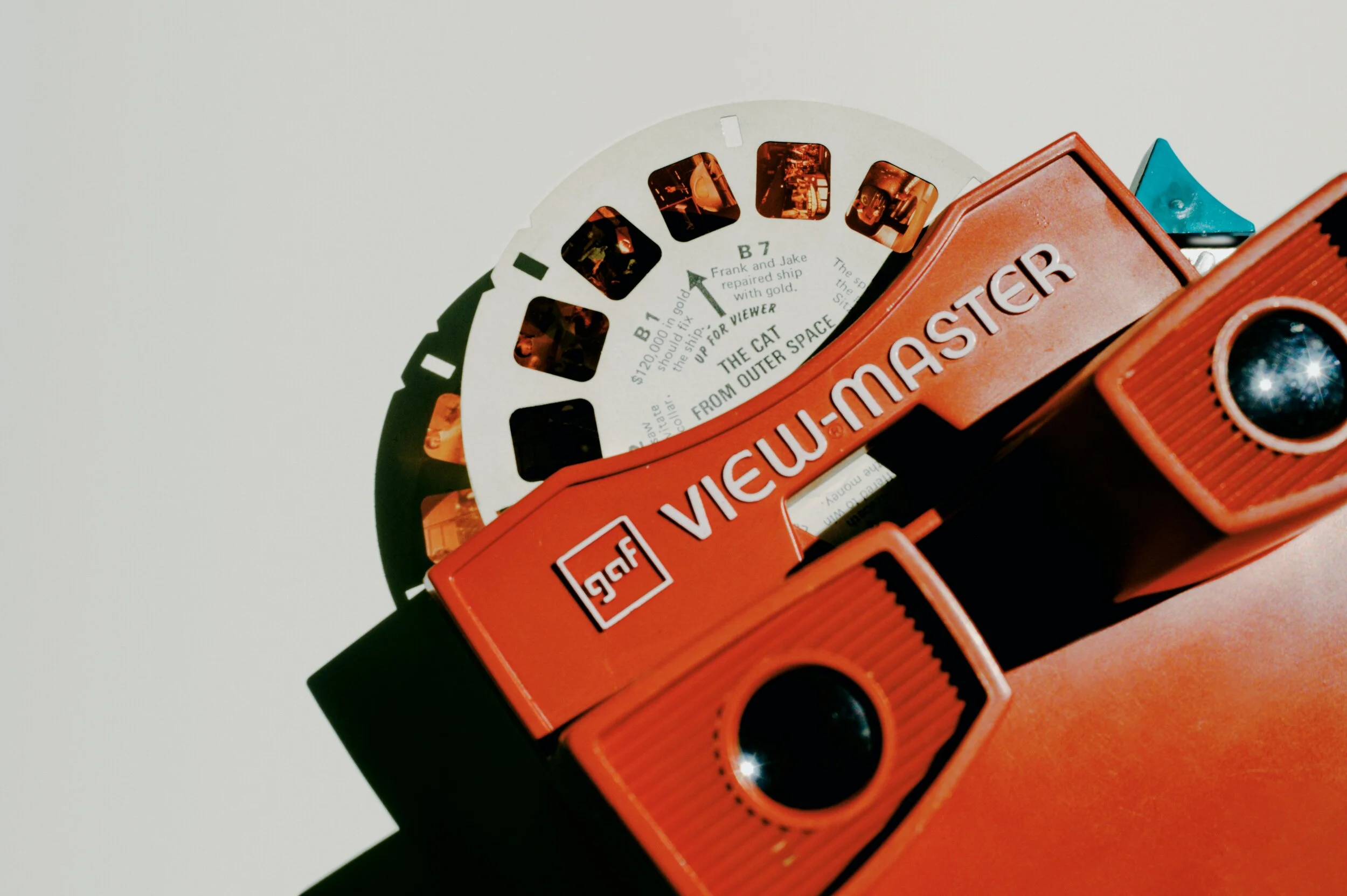Here is a very common presentation scenario. You have a good relationship with a middle manager in a potential client, and she meets the CEO next week and could take “a few slides” with her in her briefcase for a 30 second pitch.
What not to do? Send your full 30 minute pitch deck that you have used in so many successful Zoom meetings before. Especially that slide with just a golf ball on a green lawn always drives your point home.
You are not presenting, your friend does, and you don’t have 30 minutes, you have 30 seconds. But this might be good news. Thirty seconds of your friend with the CEO, is a better shot than 10 minutes with a purchasing officer who you do not know.
What to do?
Take the time to explain to your friend what it is you do, and then make a “placeholder” slide that she can use to give the pitch. It is not possible to go through a slide deck in 30 seconds, so the pitch is basically a verbal one. Your placeholder should look nice, and actually not distract too much so that the CEO can keep her focus on the audio track. (Typos, calculation errors….)
You need to rely on your friend to do the pitch, but you need to compensate for the fact that you are not in the room, nor on the Zoom screen to give the CEO the opportunity to use her intuition to answer the “who are these people?” Question. A CV/bio type slide with a picture could do the trick (again a placeholder) , “hey they also went to INSEAD…”.
Finally think of a very specific next step that can move the process further. You are unlikely to land an investment in 30 seconds, you could get an actual Zoom meeting though…
Good luck.
































